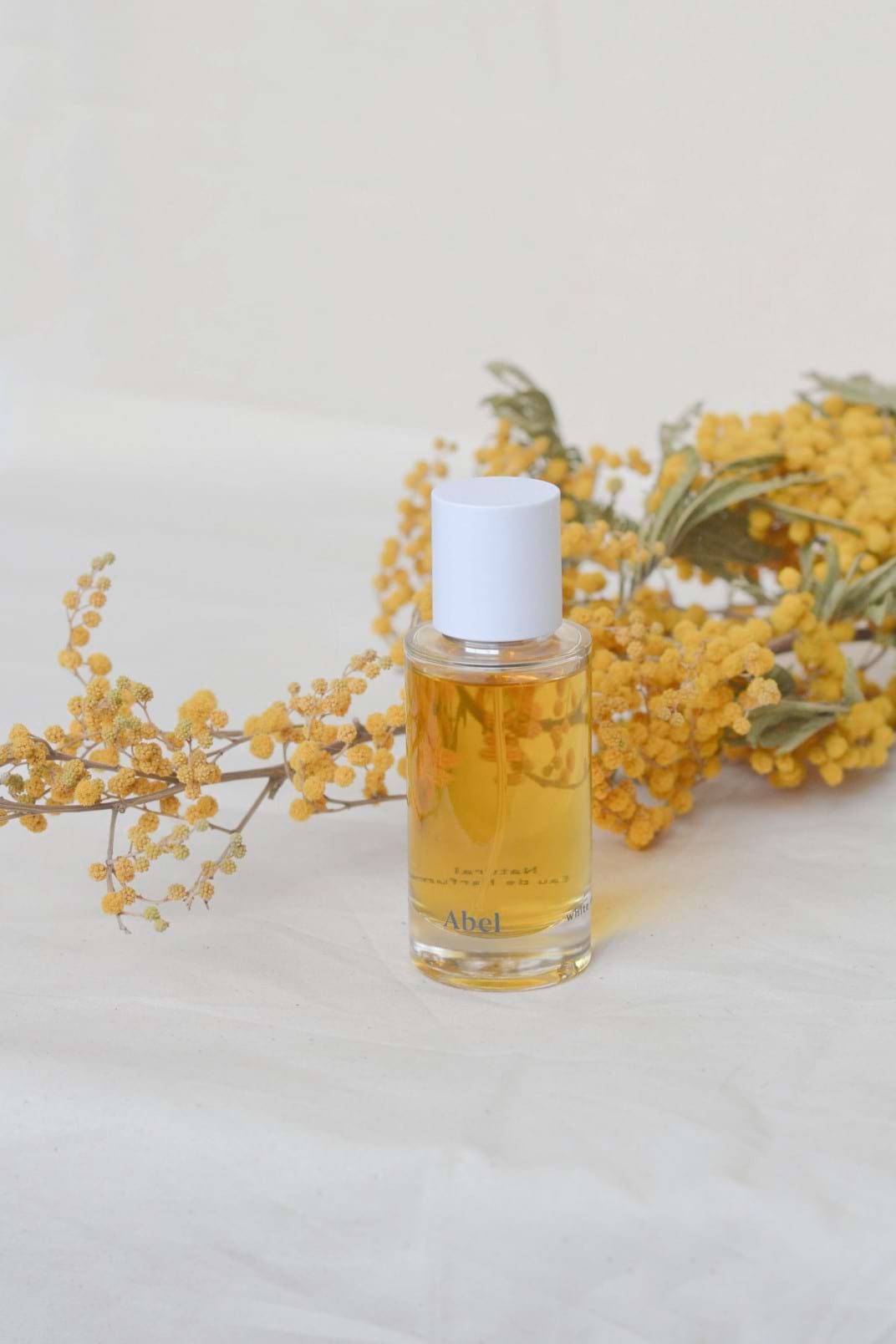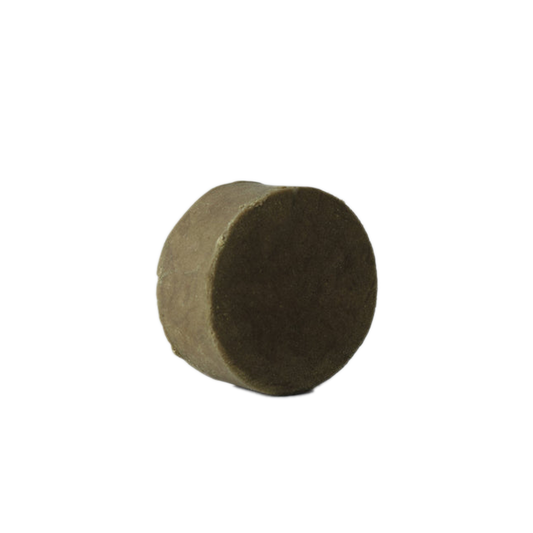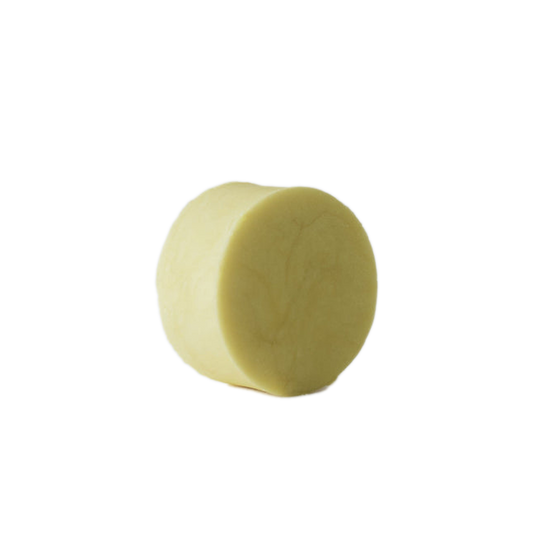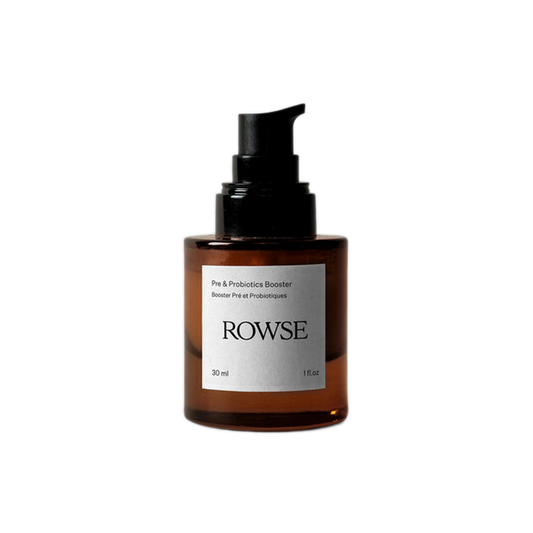You might already be avoiding artificial flavours, synthetic ingredients and preservatives when it comes to your diet but have you ever thought about what goes into your perfume?
There are around 3,000 different chemicals commonly used in perfumes but glance at the back of a bottle and often you’ll only see one word: ‘fragrance’. This seemingly harmless word masks the fact that one-third of those ingredients have been flagged as known or potential chemicals of concern by Women’s Voice for the Earth, an environmental non-profit exposing the toxic chemicals in cosmetics and household products.
Its report Unpacking the Fragrance Industry shines a very unflattering light on the potentially harmful ingredients lurking in your eau de parfum. From cancer-causing carcinogens to a whole host of chemicals that are either banned from use in cosmetics in the EU or crop up on international warning lists.
And while the days of using cruel animal-derived ingredients such as real musk, civet and ambergris are largely a thing of the past, the industry has been criticised for keeping tight-lipped about its formulas. This lack of transparency “far better serves the financial interests of the fragrance industry than protects public health,” say Women’s Voices for the Earth. But in recent years there’s been a change in the air. A number of independent and established makers are conjuring up luxury aromas with the eco credentials to match.
So, how do we ensure our desire to smell good doesn’t leave a bad taste on our bodies and the planet?

Spritz with the seasons
Green in name and nature, new artisan perfumer Ffern produces small batch perfume four times a year at the turn of each season. The result is a scent in sync with the earth’s natural rhythms, though in a way that throws away the rule book. Winter 20 is a sensual, citrusy blend that mellows to earthy tones throughout the day. As Ffern director Owen Mears explains, conventionally a ‘winter fragrance’ is typically warm and spicy – despite the natural world in winter being cool and crisp, whereas a ‘summer fragrance’ will be light and citrusy even though summer is hot and aromatic. “Our summer 19 fragrance included cinnamon leaf and olibanum – which are typically found in a ‘winter fragrance’. But in the right context these ingredients show themselves in a different light. Both are reminiscent of a midsummer day in Tuscany. Think aromatic tree resin warmed by the Mediterranean sun as cracks emerge in the baked earth.”
Another perk of working with ingredients in this way is the perfume begins to reflect the place it was produced, says Frances Shoemack, founder of Glasshouse favourite Abel, which is shaking up the industry with its chic scents that shun synthetic ingredients. “One of my favourite examples is the cedarwood we source for Green Cedar. The first comes from the Atlas mountains in Morocco, where it grows wild on the hillside and is harvested by the local community. It smells deeply intense, complex, rich, aromatic… a little like Morocco looks. The second comes from Texas, it is grown in a plantation and is twice distilled making it’s profile extremely pure, almost like pencil shavings. We love ingredients that take on some of the characteristics of their environment and try to honour this,” she adds.
Is ‘natural’ always the best option?
It’s important to remember that natural doesn’t equate to infallible ethics. While we’re more likely to hear about endangered animals than endangered plants, many of us are unwittingly spraying the world’s flora and fauna into oblivion. When Kamila Aubre (of Kamila Aubre, the latest addition to the Glasshouse Shop) launched her range, she made a conscious decision to steer clear of at-risk ingredients such as rosewood and Indian sandalwood. “The list of endangered plants gets longer every year and there have even been cases of rare plants sold as sustainable ones and traded illegally. It is not all black and white so it is essential to take those steps to educate others and stay alert within the industry,” she says.
“The fragrance industry is so preoccupied with artificial ingredients as they’re cheap to manufacture and 100% consistent. While this is great for perfume makers, we think this is disappointing for customers,” says Mears. Yet it can be a challenge to work with nature’s chemistry set, particularly when it comes to consistency. It helps not to get too attached to a particular scent as the colour and scent can differ across the same botanical perfume. “In the end, they are natural and evolve over time,” says Aubre, “occasionally, the blend may become darker with time and have a light sediment. As a perfumer, I appreciate those changes. it shows how dynamic botanical essences are”.
Shoemack agrees. Abel has to be creative with its blending in order to achieve the same much-loved fragrance profiles year-to-year. “Many of our ingredients are harvested in a very specific window (i.e. orange blossom, neroli etc) and others can vary a lot from year to year. It’s something we love about working with natural ingredients - their profile is ever-changing and keeps us on our toes,” she adds.
One criticism of 100% natural perfumes is they don’t have the (let’s face it, often sickly) staying power of their synthetically created counterparts. Abel’s top tips for extending the time between spritzes include moisturising the skin first (as dry skin absorbs the fragrance quicker) and reconsidering where you spray. “Pulse points are good for the fragrance developing on your skin, however, the inside of your wrists isn’t good if you are typing on a computer all day or washing your hands regularly.” Instead, mist clothes and hair for a longer lasting scent. It’s also worth noting that we can become desensitised to smells near the nose, so even if you can’t smell the earthy yet sophisticated whiff of Abel’s White Vetiver, your pals could still be basking in it.

Does the ethical ethos extend to the packaging?
Outlandish bottles aren’t unusual in an industry where shelf appeal is just as important as what’s inside. But increasingly perfumers are making more conscious decisions when it comes to packaging. London-based Floral Street houses its delicate aromas in recyclable pulp cartons which can double up as seed trays for plants.
As well as opting to ship ingredients by boat (rather than air) Ffern has also done away with plastic lids. Alongside its lidless perfume, it sends out a sample vial, both of which arrive in a specially molded cardboard box. This means you get to try before you buy and gives you something to carry around in your bag. However, the easiest way to recycle any empty bottles you’re accruing is to take them to The Perfume Shop, which accepts any brand of perfume bottle and offers you a same-day discount in return.
Has your scent got a social conscience?
Luxury fragrance Sana Jardin works with a women’s cooperative in Morocco as part of its Beyond Sustainability campaign and it’s not the only brand placing people and planet at the heart of its business. As well as creating a long-lasting, all-natural, vegan-friendly and delicious smelling range, Abel donates 1% of its revenue to environmental causes via 1 % for the Planet. Initiatives include Pollinator, a charity working to conserve and protect all the bees, birds, bats and other pollinators that our entire ecosystem depends on. So there you have it, an (almost) guilt-free way to splash out on perfume.
Browse our fragrance collection on Glasshouse Shop or pop into the salon to find your sustainable scent.
Images and styling: Sophie Kirk Flowers and styling: Still Life Flowers Words: Kyra Hanson




